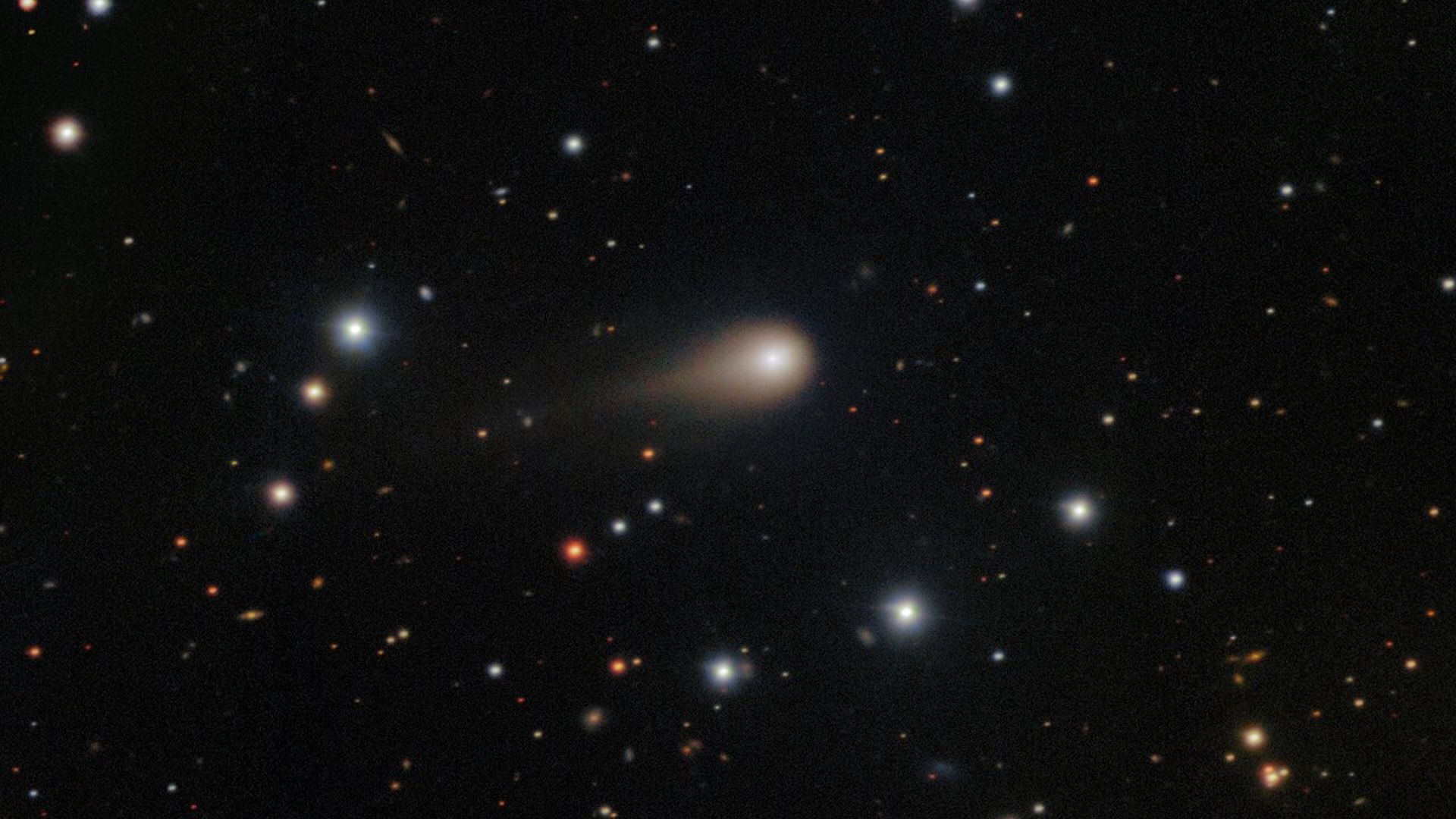The interstellar comet 3I/ATLAS began blasting water “like a fire hose” before it was anywhere near the sun, according to a recent study.
Researchers observed the comet scattering water unusually early in a discovery that sheds light on how the building blocks of life are distributed across other planetary systems.
“When we detect water — or even its faint ultraviolet echo, OH — from an interstellar comet, we’re reading a note from another planetary system,” study co-author Dennis Bodewits, a professor of physics at Auburn University in Alabama, said in a statement. “It tells us that the ingredients for life’s chemistry are not unique to our own.”
NASA’s Neil Gehrels Swift space observatory detected hydroxyl (OH) gas, an ultraviolet by-product of water, coming off the comet when it was nearly three times farther from the sun than Earth (2.9 astronomical units away), much farther away than the region of our solar system where water ice typically turns to gas on passing comets.
Researchers calculated that the comet was shedding about 88 pounds (40 kilograms) of water per second, which is about the equivalent of a fire hose running at full blast, according to the statement released by the researchers.
Since its discovery in July, scientists have been using various telescopes to learn all they can about 3I/ATLAS. Their findings so far indicate that the comet is zooming through our solar system at speeds in excess of 130,000 mph (210,000 km/h) in an unusually flat and straight trajectory.
3I/ATLAS is likely the largest interstellar object ever seen, though researchers are still pinning down its exact size. Hubble Space Telescope data suggest that 3I/ATLAS has a maximum width of about 3.5 miles (5.6 km). 3I/ATLAS could also be the oldest comet ever seen, with one study suggesting it’s around 3 billion years older than our 4.6 billion-year-old solar system.
For the new study, researchers used observations made with the Neil Gehrels Swift Observatory’s ultraviolet and optical telescope in July and August. The researchers suggested that the ultraviolet hydroxyl signal could be the result of sunlight heating small icy grains on the nucleus (head) of the comet, causing them to vaporize into gas.
3I/ATLAS is only the third interstellar comet ever recorded, following the discovery of the cigar-shaped 1I/’Oumuamua comet in 2017 and the pristine 2I/Borisov comet in 2019. So far, each interstellar visitor has had some differing characteristics, suggesting that there could be a variety of comet and planet-forming environments in the universe.
“Every interstellar comet so far has been a surprise,” study lead author Zexi Xing, a postdoctoral researcher at Auburn University, said in the statement. “Oumuamua was dry, Borisov was rich in carbon monoxide, and now ATLAS is giving up water at a distance where we didn’t expect it. Each one is rewriting what we thought we knew about how planets and comets form around stars.”
